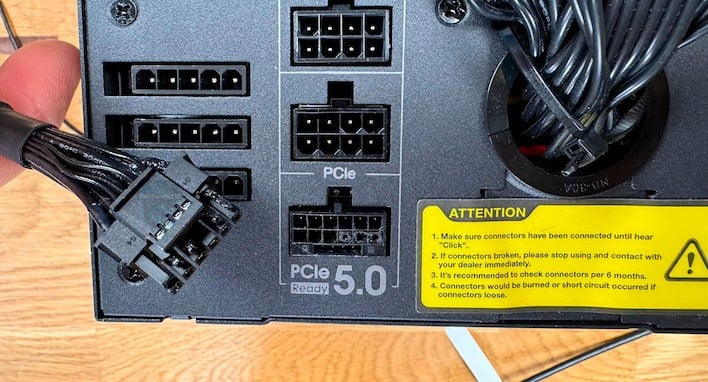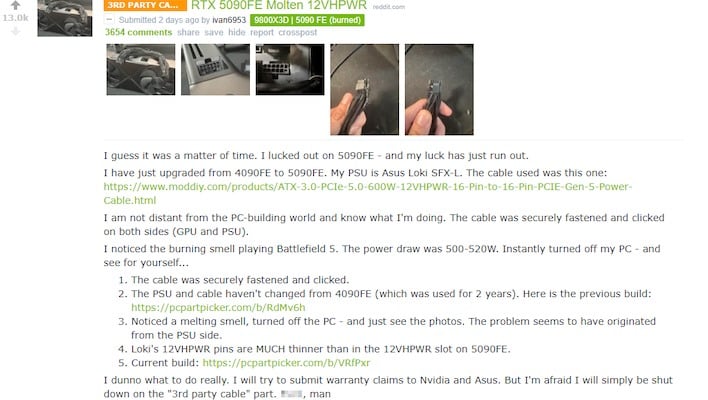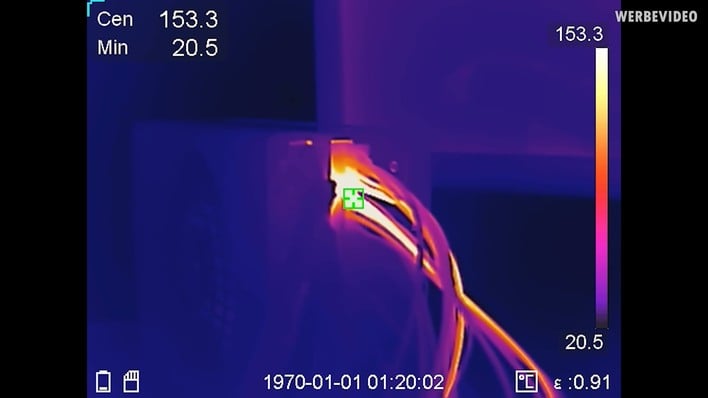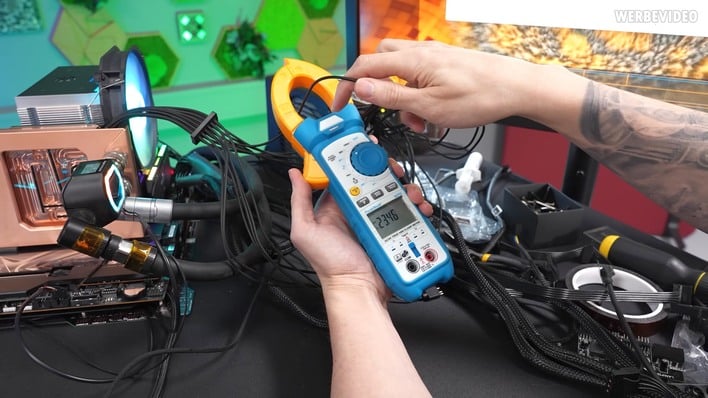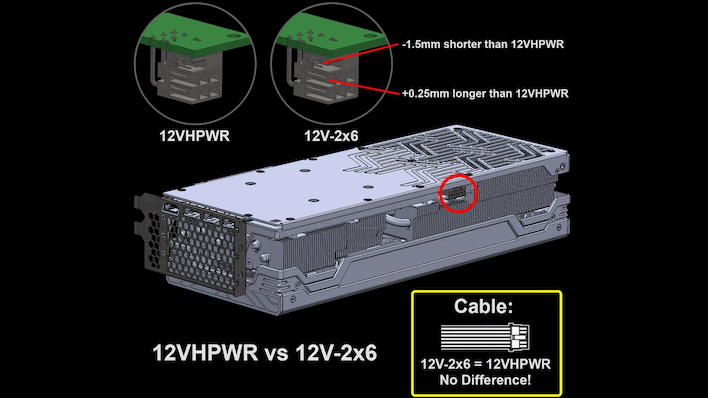GeForce RTX 5090 Power Connectors Are Melting Now: What You Should Know
Well, you guessed it -- at least two people have showed up with melted 12V-2X6 connectors on GeForce RTX 5090 cards, and there might be a more before long. Sit down with a cup of coffee, because we're going to summarize this whole story for you as it stands so far.
In essence, he thinks that it was indeed due to poor mating on the PSU-side power connector, but it wasn't his fault for poorly plugging it—instead, he believes that it was due to the fact that this particular power supply has been in service for a while as a test bed unit, meaning it has had the modular power connector removed and replaced many times.
Assuming the auto-translation from Spanish was correct, Toro Tocho thinks that the issue was a combination of wear-and-tear on his power supply's 12VHPWR connector and the increased power draw of the GeForce RTX 5090 over the previous-generation RTX 4090. Notably, once he replaced the power wire, his GeForce RTX 5090 resumed working flawlessly, so at least there's that.

Users in the Reddit thread were quick to blame Ivan's failure on his third-party adapter cable. Indeed, PC Gamer even went straight to Aris Mpitziopoulos to ask his opinion. If you're not familiar with Aris, he's one of the most respected voices in power supply testing and design due to both his experience as owner of the site Hardware Busters as well as being the CEO of Cybenetics Labs, a power supply certification group.
What did Aris say? "It is simple: DO NOT BUY adapters or extenders. They all can be dangerous." Well, fair enough; after all, it's well-known that the 12VHPWR/12V-2X6 specifications have relatively tight safety margins, with the individual wires running at more than 70% of their safe current capacity—and that's assuming current is distributed evenly across all six 12V pins on the plug.
In Der8auer's analysis, he notes that MODDIY is a respected name in the community and that the adapter is, if anything, even higher quality than the first-party cables. He took detailed microscope photos of the heat damage on the card and Ivan's ASUS ROG Loki 1000W PSU, as well as the melted shielding along a specific wire on the adapter. (Keep that in mind, because it's going to come up again in a second.) There's nothing to give the impression that anything improper was going on in Ivan's setup.
Instead, Der8auer relates that his own personal RTX 5090 FE card may be suffering a similar fate soon. He runs Furmark on the card and uses a FLIR camera to measure temperatures. After just a few minutes, he finds that things are getting pretty toasty and the connector on his water-cooled GPU is hitting 90°C. The PSU-side connectors are getting as hot as 150°C.
That's not even the really concerning part, though. What's alarming is when he easily observes that one of the twelve wires of the 12VHPWR cable bundle is getting extremely hot. Due to the slender size of the wire he wasn't able to get a clear measurement of its temperature with the FLIR, but putting it in a current clamp he was able to measure over 23 amperes traveling through that single 16-gauge wire. That is WAY past the spec for that wire, and indicates an extreme degree of current imbalance in the connector.
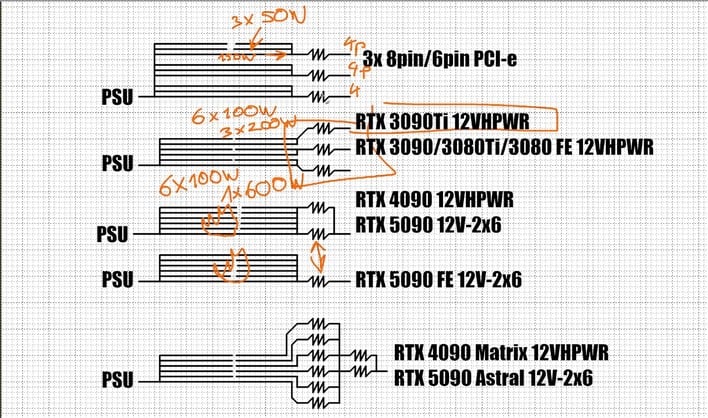
You can tell that ASUS' board designers recognized this issue, because as both Buildzoid and Der8auer point out, the ROG Matrix RTX 4090 and ROG Astral RTX 5090 cards include additional power delivery hardware between the 12VHPWR connector and the GPU's power phases to help detect an improper current balance. Unfortunately, because of the way the GPU is designed, there doesn't appear to actually be anything the GPU can do besides notifying the user to try re-seating everything, risking further mechanical damage to the 12VHPWR plug.
If Buildzoid's analysis is correct, it could mean that all GeForce RTX 5090 FE cards are at risk of melting their power connectors, and while an improperly-plugged connector will definitely exacerbate the issue, making sure the plug is completely seated may not fully mitigate the problem, either. Hopefully NVIDIA has a response for this, because early adopters will be mighty hot if they buy a $2000 GPU that melts its power connector.

